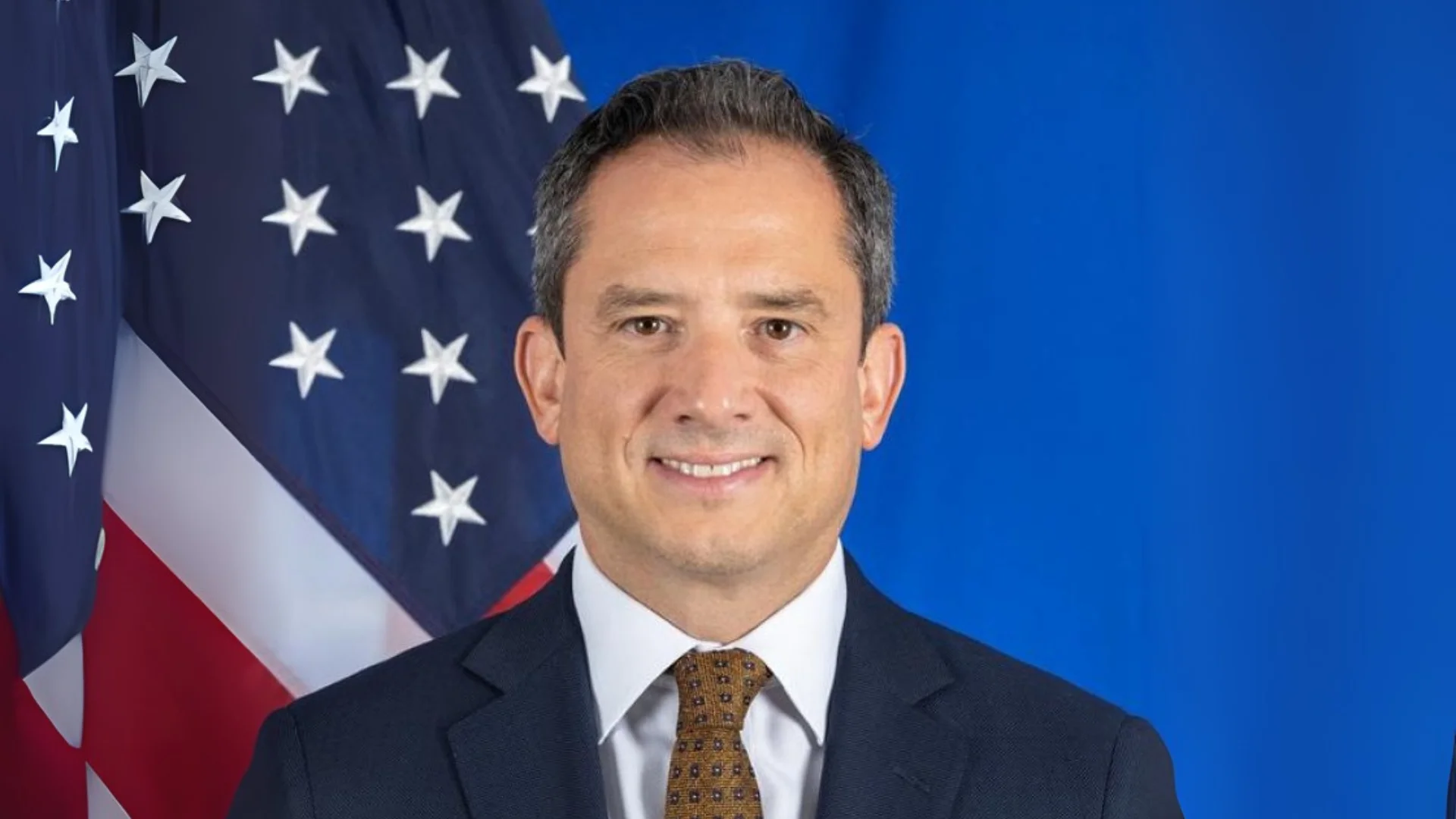The U.S. Chargé d’Affaires, Palladino, delivered remarks at the opening of the exhibition “Martians – Hungarian Scientists and Nobel Laureates” in Budapest. The event highlights the contributions of Hungarian scientists who have made significant impacts both in Hungary and abroad.
In his speech, Palladino emphasized the collaborative relationship between Hungary and the United States in scientific innovation. He said, “It is a privilege to represent the United States — and the Trump Administration — at the opening of this remarkable exhibition.”
Palladino referred to renowned Hungarian scientists often nicknamed “Martians” for their exceptional talents. He mentioned figures such as John von Neumann, Edward Teller, and Eugene Wigner, noting their achievements after emigrating to the United States: “John von Neumann, father of computing. Edward Teller, who reshaped modern physics. Eugene Wigner, whose Nobel-winning work in quantum mechanics helped secure American leadership in science.”
He also recognized ongoing contributions from Hungarians working with American institutions: “From Albert Szent-Györgyi’s discovery of vitamin C to Katalin Karikó’s lifesaving research in mRNA, Hungarian contributions have found global impact through collaboration with American institutions, American laboratories, and American innovation.”
During his remarks, Palladino announced a new partnership between the Hungarian-American Fulbright Commission and HUN-REN. This initiative will facilitate exchanges between Hungarian scientists traveling to America and American researchers coming to Hungary. According to Palladino: “We will send Hungarian scientists to America, and we will bring American researchers here to Hungary. The first American researcher will arrive this fall here in Budapest and this will continue to be a proud tradition of partnership right here in the heart of Europe.”
Palladino concluded by highlighting shared values: “This is America at its best: a nation that welcomes talent, rewards merit, and leads the world in discovery. And it is Hungary at its best: a country whose scientists continue to punch above their weight, with achievements that echo across generations.”
He added that international cooperation is key for scientific progress: “Science, like freedom, knows no borders. But it flourishes most when nations like Hungary and the United States work together: proudly, as equals, and with confidence in our shared future.”
The exhibition aims to inspire further collaboration between young Hungarians and Americans interested in science.

